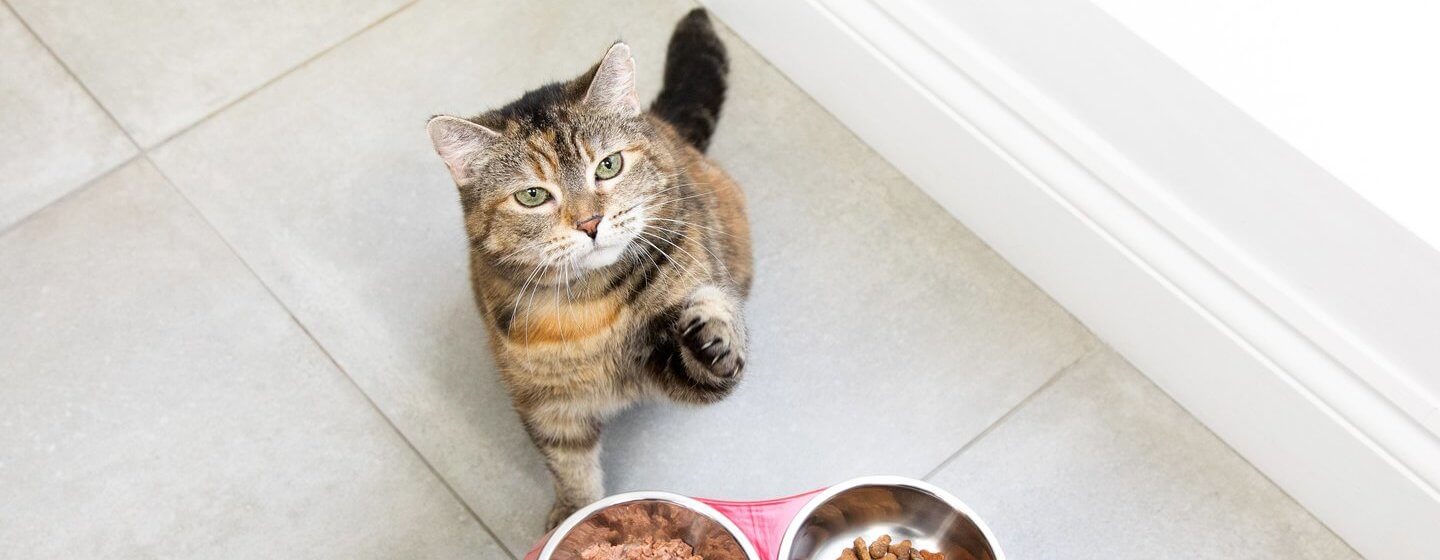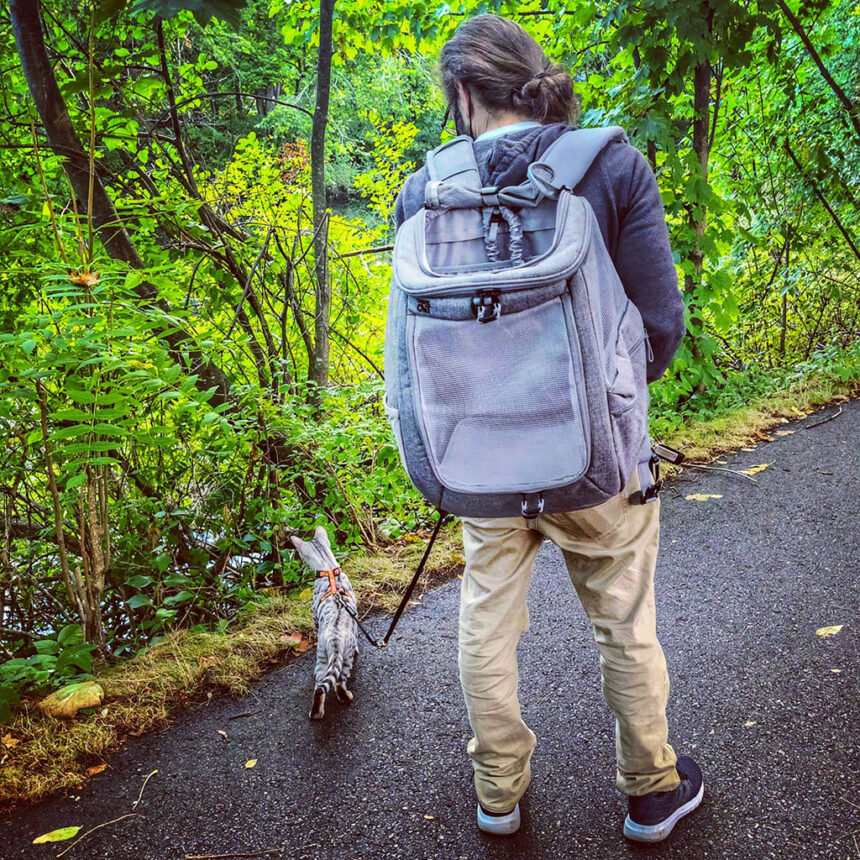Table of Contents Show
Bengal cats typically gestate for 63 to 65 days before giving birth. The birth process, called queening, can last from 2 to 6 hours.
Bengal cat pregnancy and the subsequent birth are significant events for any cat owner, blending anticipation with considerable care responsibilities. Expectant Bengal queens require a nourishing diet, a stress-free environment, and regular veterinary check-ups to ensure a healthy pregnancy. As the due date approaches, providing a comfortable nesting area becomes crucial for the birthing process, often known as queening.
Bengal cats, known for their stunning coat patterns resembling wild leopards, bring the same exotic grace to motherhood, nurturing litters typically ranging from two to five kittens. Recognizing the signs of labor, like restlessness and vocalizing, can help owners prepare for the crucial moment, ensuring a safe and healthy delivery for the queen and her offspring. Through proactive care and attention, Bengals can experience a smooth pregnancy and birth, ultimately enriching the lives of their human companions with playful, energetic kittens.

Credit: www.purina.co.uk
Understanding Bengal Cat Pregnancy Basics
Welcome to the fascinating journey of Bengal cat pregnancy and birth. Bengal cats, known for their exotic looks and playful personalities, also have unique aspects in their breeding cycle. For prospective Bengal breeders or curious cat enthusiasts, understanding the pregnancy basics is key. This guide provides insights into the tell-tale signs of pregnancy, the gestation period, and the genetic factors contributing to Bengal cat reproduction.
Identifying The Signs Of Pregnancy In Bengal Cats
Bengal cat pregnancy is similar to that of other felines but recognizing the signs early ensures proper care. Keep an eye out for:
- Behavioral Changes: Increased affection or conversely, a newfound shyness
- Physical Changes: Nipple darkening, known as ‘pinking up’
- Appetite: A gradual increase as the pregnancy progresses
Duration Of Pregnancy And Important Milestones
Bengal cats typically experience a pregnancy tenure of 63 to 67 days. Important milestones include:
| Week | Milestone |
|---|---|
| 3-4 Weeks | ‘Pinking up’ of nipples |
| 5 Weeks | Visible belly enlargement |
| Last 2 Weeks | Kitten movement can be felt |
The Role Of Genetics In Bengal Cat Reproduction
Genetics play a crucial part in Bengal cat reproduction. The breed’s distinct characteristics, like coat patterns and colors, come from specific gene combinations. Genetic testing can:
- Help avoid hereditary health issues
- Ensure the traits of the Bengal breed are preserved
- Offer insights into the potential health and appearance of the litter
Prepping For A Bengal Cat’s Pregnancy
Expecting Bengal cats require extra care and attention. Preparing adequately for this exciting time is vital for the health of both the mother and her kittens. Focus on her nutritional needs, create a comfortable environment, and keep up with routine vet visits to ensure a smooth pregnancy and birth.
Nutritional Needs For A Healthy Pregnancy
A pregnant Bengal’s diet should be rich in proteins and vitamins. Make sure to provide:
- High-quality cat food: Choose formulations made for pregnant or nursing cats.
- Freshwater: Always available, to keep her hydrated.
- Supplements: Vet-recommended, to cover any nutritional gaps.
Creating A Comfortable Environment For Your Expecting Bengal
Comfort is key for a pregnant Bengal. Consider these tips:
- Quiet space: Set up a secluded area away from noise and stress.
- Soft bedding: Ensure it’s clean and warm for nesting.
- Easy access: Litter box and food should be within reach without the need to jump.
Routine Veterinary Care And Prenatal Visits
Regular check-ups with the vet are crucial. Ensure your Bengal receives:
- Initial Exam: Confirm pregnancy and overall health.
- Follow-up Visits: Monitor the kittens’ development.
- Vaccinations: Keep up to date, if recommended by the vet.
The Birthing Process: What To Expect
Expectant Bengal cat owners often feel a mix of excitement and nerves. Knowing what to expect can help. The arrival of new, adorable Bengal kittens is a thrilling time, but it’s essential to understand the birthing process. This guide outlines the stages of labor, how to assist your cat during birth, and when to seek veterinary care.
Recognizing The Onset Of Labor In Bengal Cats
Labor in Bengal cats can be subtle, yet clear signs will signal its start. Look for behavioral changes such as restlessness, nesting, or vocalizing. Your cat may lose her appetite and start looking for a comfortable place to give birth.
Assisting With The Birth: A Step-by-step Guide
- Create a Safe Space: Prepare a quiet, comfortable birthing area.
- Monitor Quietly: Stay close, but give your cat space to work.
- Document Time: Keep track of timing between kitten arrivals.
- Watch for Clear Sacs: Kittens will arrive in amniotic sacs.
- Cut the Cord: If your cat doesn’t sever the umbilical cord, you may need to.
- Encourage Mothering: She should clean and nurse her kittens.
Dealing With Complications: When To Call The Vet
- Protracted Labor: Labor lasting over 24 hours needs vet attention.
- Distress Signs: Call the vet if your cat seems in pain or stressed.
- Incomplete Birth: Not all kittens are born within a few hours? Call the vet.
- Health Concerns: Any signs of illness in kittens or mother merit a call.

Credit: yogithebengal.com
Postpartum Care For The Mother And Kittens
Welcome to the enchanting journey of new motherhood for Bengal cats! After the hustle and bustle of pregnancy and birth, postpartum care quickly becomes the heart of ensuring the well-being of both the mother and her adorable kittens. This critical phase requires informed care and attention for proper nutrition, health monitoring, and timely intervention. Let’s explore the essentials of nurturing a nurturing environment for these magnificent felines.
Ensuring Proper Nutrition And Care For The Nursing Mother
Adequate nutrition for the mother cat is fundamental for her recovery and the health of her kittens. A nursing Bengal needs high-quality cat food rich in protein and calories. Consider these key points:
- Feed multiple small meals throughout the day.
- Provide easy access to clean water to maintain hydration.
- Consult your vet for the best postnatal supplements if needed.
Regular, gentle check-ups are important to spot and address potential health issues like mastitis or postpartum depression early.
Monitoring The Health And Development Of Bengal Kittens
Observing the kittens closely during their first few weeks is vital. You should track:
| Week | Developmental Milestone | Healthy Signs |
|---|---|---|
| 1-2 | Eyes and ears open | Responsiveness to sounds and light |
| 3-4 | First steps | Steady movements; starting to explore |
| 5-6 | Weaning | Interest in solid food; good weight gain |
Keep the nesting area clean and warm, and weigh the kittens regularly to ensure they are gaining weight.
Deciding When And How To Intervene With The Newborns
Intervention should be gentle and minimal, but sometimes necessary. Look for signs such as:
- Weak meows or constant cries – could signal hunger or discomfort.
- Lack of interest in feeding – may need bottle-feeding.
- Isolation from littermates – could indicate illness.
Stay in consistent communication with your vet to ensure the proper steps are taken. Keeping a goal of minimal human interference helps to retain natural mother-kitten bonding.

Credit: www.zooplus.com
Frequently Asked Questions For Bengal Cat Pregnancy And Birth
How Long Is A Bengal Cat’s Pregnancy?
Bengal cats typically experience a gestation period of approximately 63 to 69 days. Cat owners should prepare for birth as the due date approaches.
What Signs Indicate A Bengal Cat Is Pregnant?
Signs of Bengal cat pregnancy include increased appetite, weight gain, swollen abdomen, and more affectionate behavior. A veterinarian can confirm pregnancy through an ultrasound or palpation.
How To Care For A Pregnant Bengal Cat?
Provide a pregnant Bengal cat with balanced nutrition, regular vet check-ups, and a comfortable nesting area. Reduce stress and avoid rough play to ensure a healthy pregnancy.
How Many Kittens Can Bengals Have?
Bengal cats can give birth to a litter size ranging from 1 to 8 kittens. On average, they typically have around 4 kittens per litter.
Conclusion
Understanding Bengal cat pregnancy and birth is a journey through nature’s marvels. New owners must prepare well for the stages to come. With proper care and attention, your Bengal’s journey from pregnancy to motherhood can be a smooth and joyful experience for both the cat and her human companions.
Embrace the process and cherish the growth of your feline family with each passing day.







